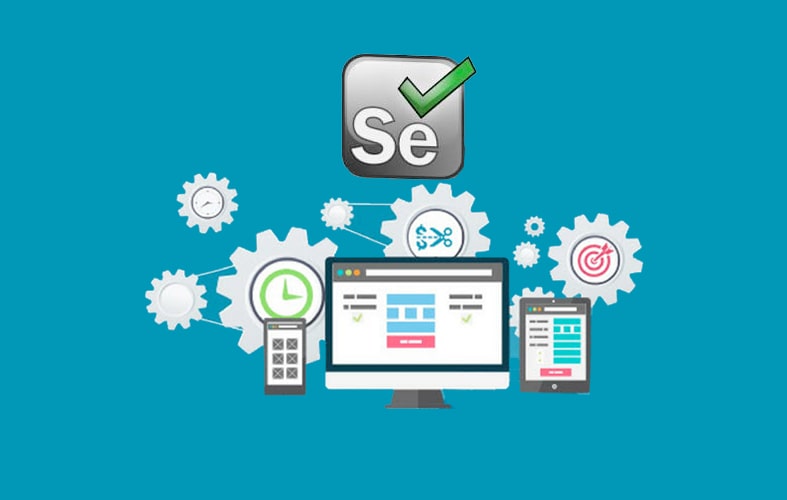Exploring the Power of Java and Selenium
Java, a widely-used programming language, and Selenium, a powerful open-source automation tool, have revolutionized software testing and web application development. Java's versatility and robustness, coupled with Selenium's capability to automate web browsers, have made them a popular combination in the world of software development. In this blog post, we will delve into the features, benefits, and best practices of using Java with Selenium, highlighting their synergy and exploring their applications in creating efficient and reliable automated tests and web applications.
- Java Overview
1.1 History and Key Features of Java - A brief introduction to the origins and evolution of the Java programming language. - Key features, such as platform independence, object-oriented programming, and rich standard library, that make Java a preferred choice for software development.
1.2 Java Development Environment - Setting up a Java development environment, including installing Java Development Kit (JDK), configuring the Java Virtual Machine (JVM), and using Integrated Development Environments (IDEs) like Eclipse or IntelliJ IDEA.
1.3 Java Syntax and Concepts - Exploring the syntax and fundamental concepts of Java, including data types, variables, control flow statements, and object-oriented principles such as classes, objects, inheritance, and polymorphism.
1.4 Java Libraries and Frameworks - Overview of popular Java libraries and frameworks, such as Apache Commons, Spring Framework, and Hibernate, which enhance productivity and provide additional functionality to Java applications.
- Selenium Introduction
2.1 What is Selenium? - An introduction to Selenium as a powerful open-source automation tool specifically designed for web browser automation. - Selenium's core components, including Selenium WebDriver, Selenium Grid, and Selenium IDE, and their respective roles in web application testing.
2.2 Advantages of Selenium - Discussing the key advantages of using Selenium for automated testing, such as cross-browser compatibility, multi-language support, extensibility, and robust test automation capabilities.
2.3 Selenium WebDriver - In-depth exploration of Selenium WebDriver, which provides a programming interface for creating automated tests in various programming languages, including Java. - Understanding the WebDriver architecture, interactions with web browsers, and utilizing WebDriver's methods for element identification, navigation, and form interactions.
2.4 Selenium Test Frameworks and Best Practices - Overview of popular test frameworks like TestNG and JUnit, and their integration with Selenium to structure and execute test cases efficiently. - Best practices for organizing test code, implementing page object pattern, handling synchronization issues, and incorporating reporting and logging mechanisms.
- Java and Selenium Integration
3.1 Benefits of Using Java with Selenium - Exploring the advantages of combining Java with Selenium for test automation, including Java's rich ecosystem, extensive community support, and seamless integration with Selenium WebDriver.
3.2 Setting Up a Java-Selenium Project - Step-by-step guide to setting up a Java-Selenium project, including configuring the Selenium WebDriver, managing project dependencies with build tools like Maven or Gradle, and incorporating necessary libraries.
3.3 Writing Automated Tests with Java and Selenium - Demonstrating the creation of automated tests using Java and Selenium WebDriver, covering topics such as test setup, element identification, interaction, and assertions. - Implementing test frameworks like TestNG or JUnit for test execution and reporting.
3.4 Advanced Techniques and Tips - Exploring advanced techniques and best practices for efficient test automation, such as handling dynamic elements, working with frames and windows, data-driven testing, and test parallelization.
- Applications of Java and Selenium
4.1 Web Application Testing - Discussing the role of Java and Selenium in automating functional and regression testing of web applications, ensuring quality and efficiency in the software development lifecycle.
4.2 Web Scraping and Data Extraction - Highlighting how Java and Selenium can be utilized for web scraping and extracting data from websites, enabling data-driven decision-making and automation of repetitive tasks.
4.3 Cross-Browser Testing and Compatibility - Exploring how Java and Selenium can be used to perform cross-browser testing, ensuring web application compatibility across different browsers and platforms.
4.4 Web Application Development - Touching upon the role of Java and Selenium in web application development, leveraging Selenium's capabilities for end-to-end testing and Java's robustness for backend development.
Conclusion
Java and Selenium together form a powerful combination for automated testing and web application development. The versatility of Java as a programming language, coupled with the automation capabilities of Selenium, opens up a wide range of possibilities for software developers and testers. By harnessing the features and best practices discussed in this blog post, developers can create efficient and reliable automated tests, ensure web application quality, and accelerate the software development process. As technology continues to evolve, Java and Selenium are poised to remain indispensable tools in the realm of software testing and web development.




Comments